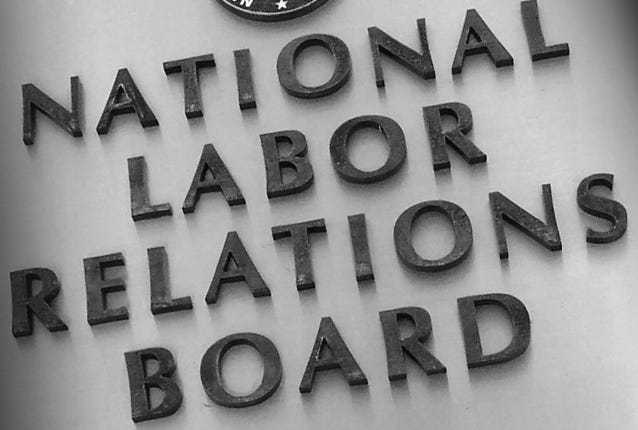NLRB Elections To Decertify Unions Up Nearly 50% Since 2020
Elections where employees seek to decertify unions has returned to pre-pandemic levels.
By Peter List, Editor | May 1, 2024
Although much of the media over the last few years has focused on the increase in union organizing activity, decertification elections conducted by the National Labor Relations Board (NLRB), while not as common as certification elections, have increased nearly 50 percent (49.5%) since 2020.
In FY 20201, the NLRB conducted 107 decertification elections. In those elections, employees voted nearly 60 percent (59.8%) of the time to decertify their union.
Notwithstanding an increase in 2021, in FY 2023, the NLRB conducted 160 decertification elections—an increase of nearly 50 percent (49.5%) over 2020, and, in nearly 69 percent (68.75%) of those elections, employees chose to decertify their unions
According to data on file with the NLRB, despite the overall increase in both certification and decertification elections since 2020, the high-water mark for all elections over the last decade was in FY 2015.
Gallup reported earlier this year that, although “17% of workers are highly interested in joining a labor union, six in 10 U.S. employees say they are ‘not interested at all,’ which was unchanged from 2022.” However, this does not explain why there are so few decertification elections as compared to certification elections.
Decertification elections happen with much less frequency than certification elections due to several factors.
Although the tens of millions of dollars spent by unions in organizing campaigns may be a contributing factor, in whole, more resources are usually devoted to the process of unionizing workers. Once employees are unionized, unions will often resist any attempts by the workers they represent to decertify the union.
Another reason there are fewer decertification elections may include the NLRB’s Contract Bar Doctrine.
“Under that doctrine,” according to the NLRB, “the Board ordinarily will not process any representation or decertification petition that is filed during the first 3 years of a valid collective-bargaining agreement, save for petitions filed during a specified ‘window period’ before the expiration date of the agreement.”
If employees miss the window period as proscribed by the NLRB, they can be locked into another contract, and barred from a decertification election for a period of up to three years.
In addition, as employers are not legally permitted to aid employees in the process of decertification, unless employees know how to seek outside assistance from organizations like the National Right to Work Legal Foundation (NRTW) or other online resources, they must often research the process on their own.
For more information on the process of decertification elections, go here.
FY refers to Fiscal Year. The NLRB’s Fiscal Year runs from October 1 through September 30 each year.






